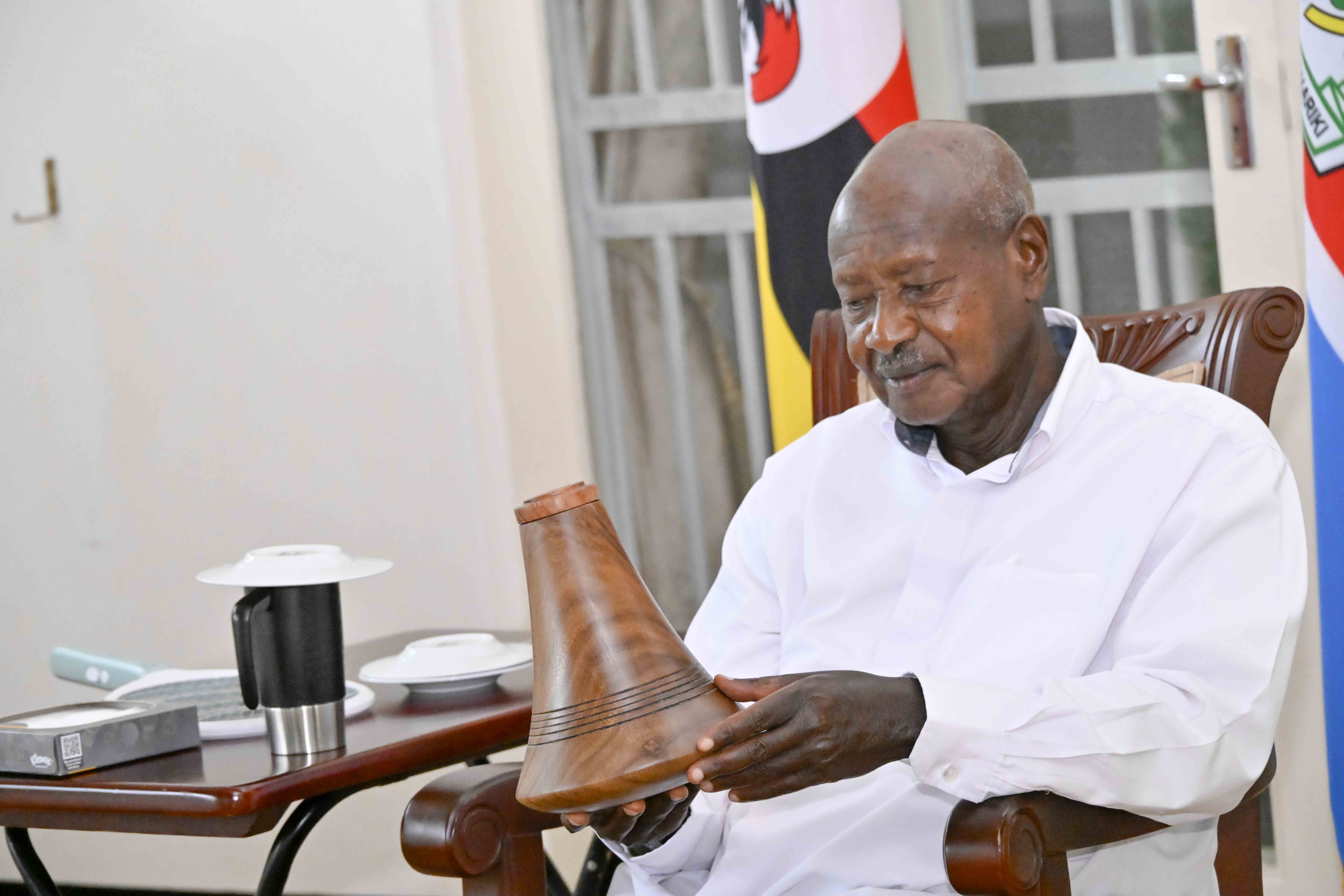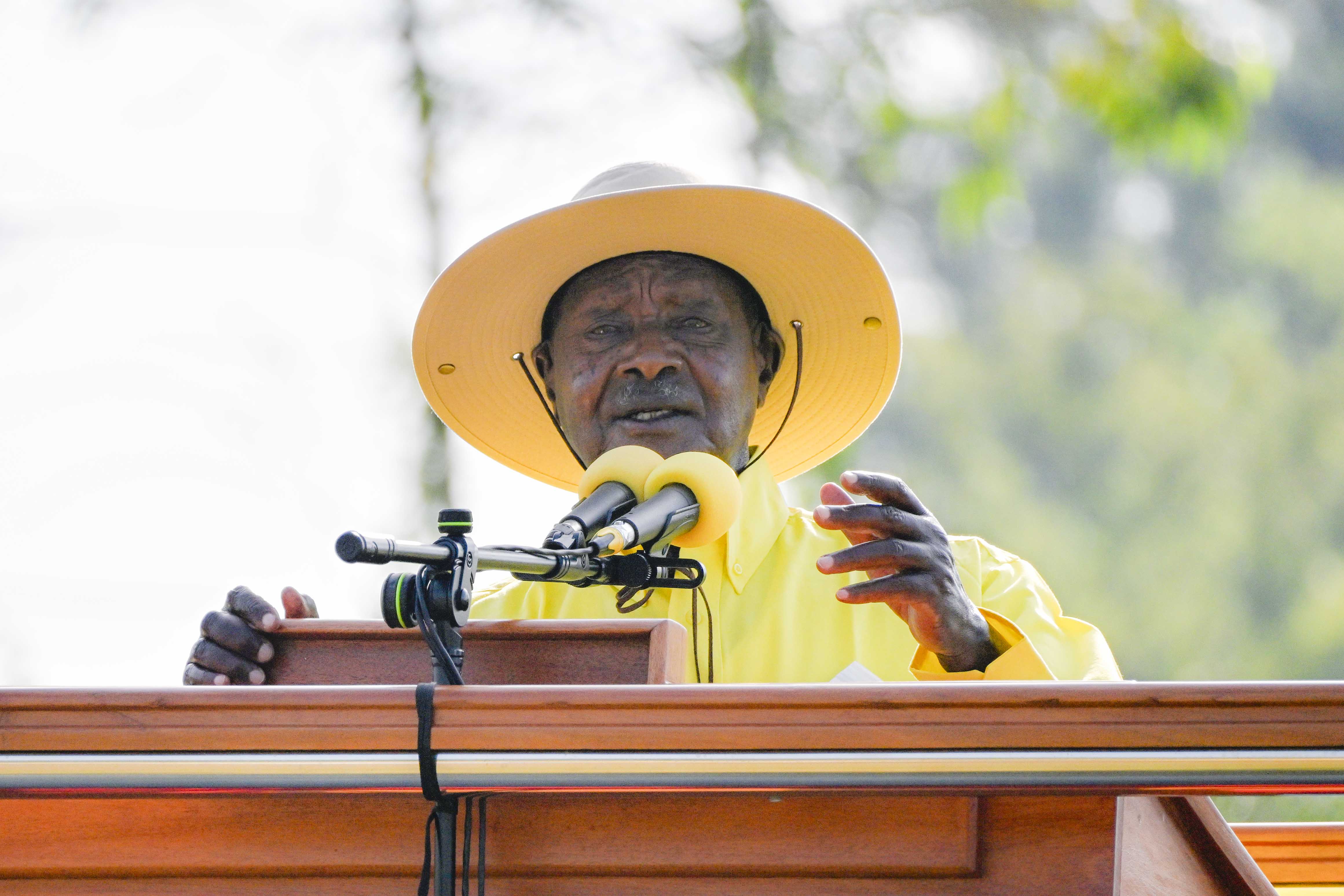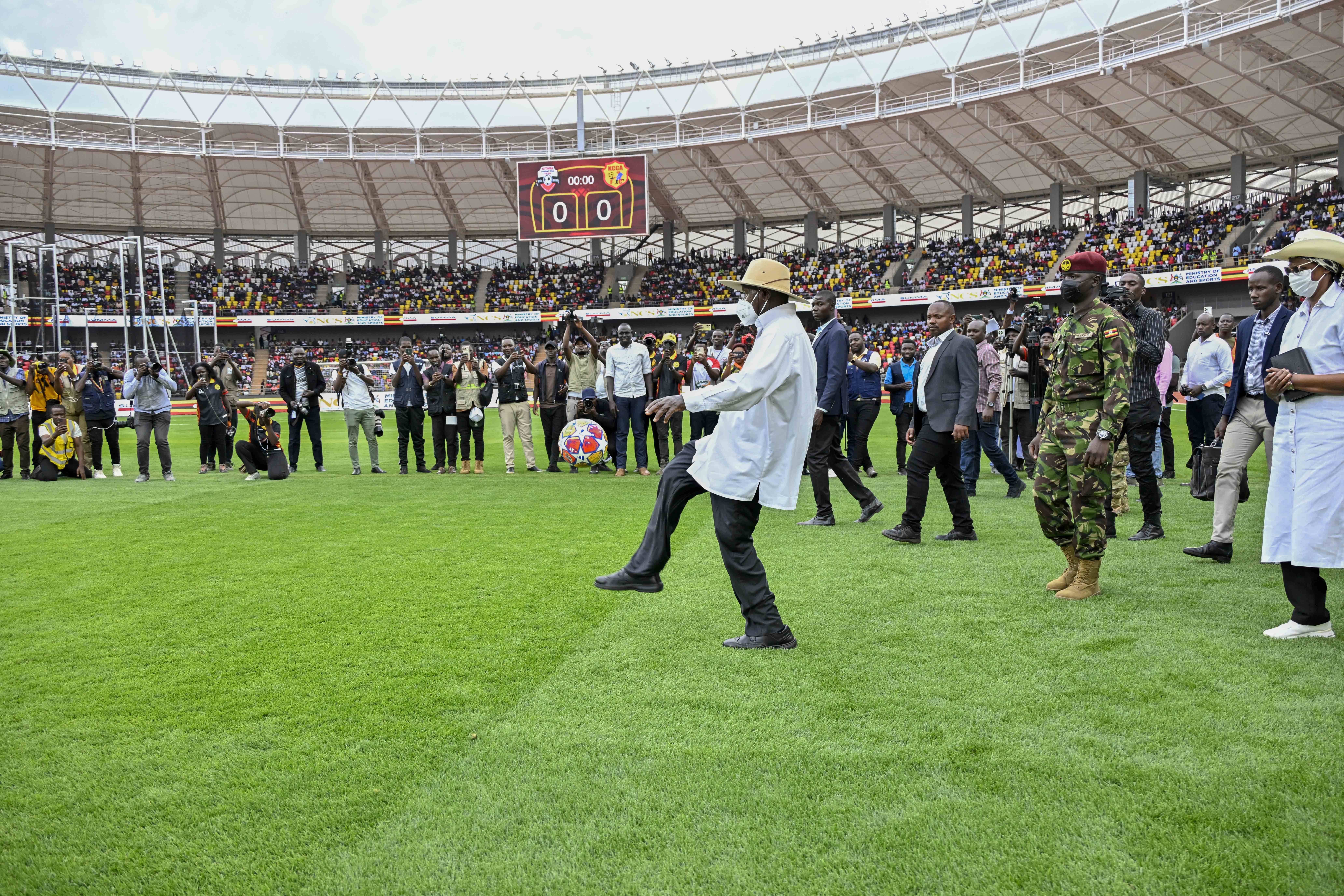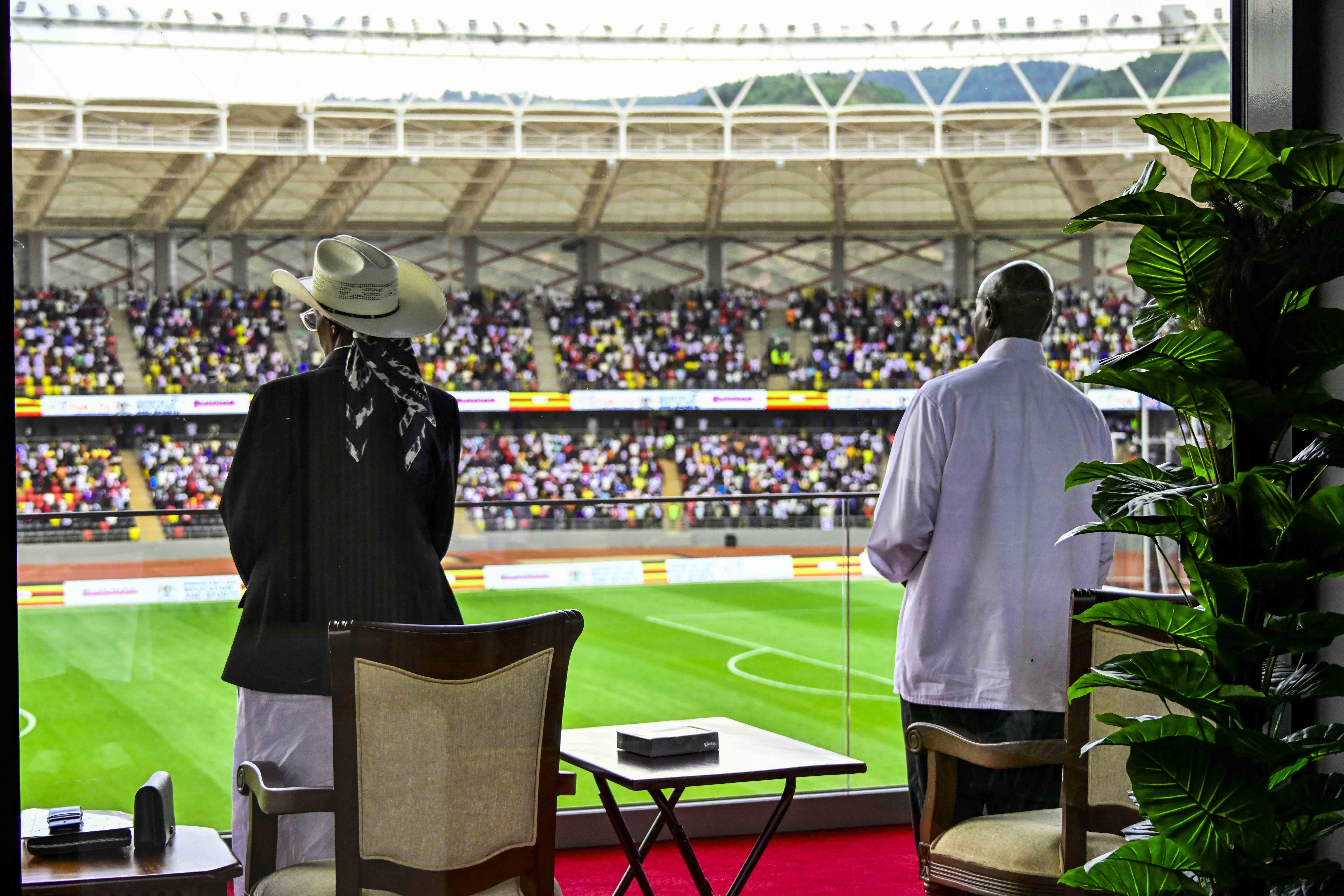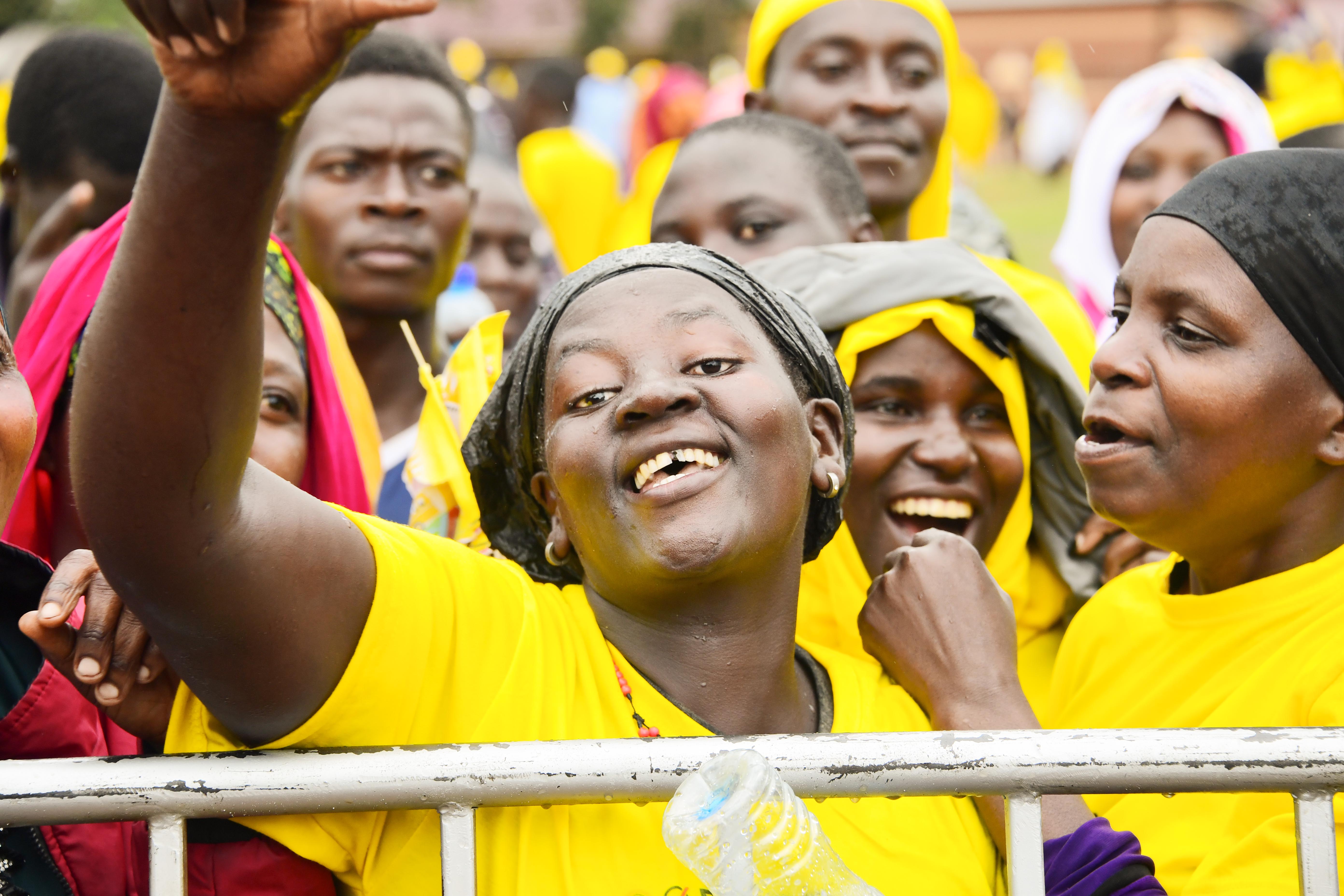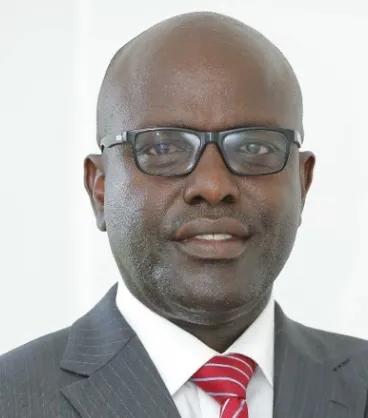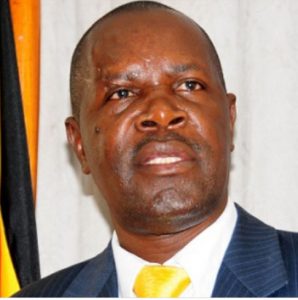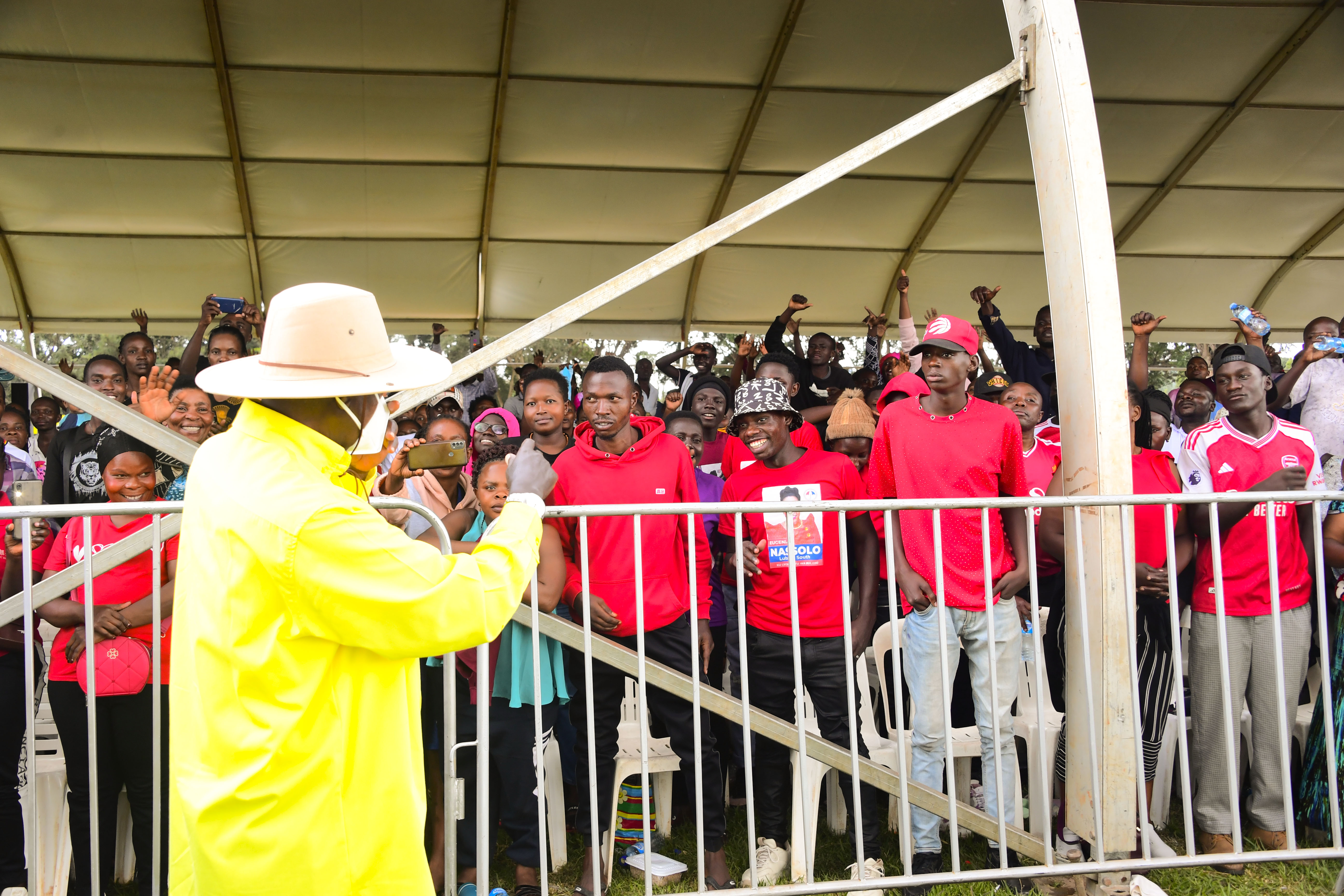
PRESIDENT MUSEVENI MEETS NUP CONVERTS, MUSLIM LEADERS, STUDENTS AND YOUTH GROUPS AT KOLOLO, REAFFIRMS FREE EDUCATION, WEALTH CREATION AND ANTI-CORRUPTION DRIVE
President Yoweri Kaguta Museveni today met thousands of converts from the National Unity Platform (NUP), Muslim leaders, students from higher institutions of learning and youth groups at Kololo Ceremonial Grounds. Addressing over 10,000 NUP converts, President Museveni welcomed them to the National Resistance Movement (NRM) and said it has historically been a party of the poor, founded on empowering citizens to elect their leaders from the village level (LC1) up to the presidency. He said this conviction informed his decision in 1997 to introduce free primary and secondary education, noting that many parents could not afford school fees. However, the President expressed concern that free education has been sabotaged by some leaders and head teachers, urging Ugandans to elect leaders who can effectively enforce government policies. He emphasized that free education must be implemented fully so that all children benefit. He urged the youth to strongly reject illegal charges in government schools, saying free education was introduced in 1997 but has not been properly implemented due to failure by school administrators. He also raised concerns over poor maintenance of murram roads despite annual government funding, calling for accountability and proper reporting where funds are insufficient. On wealth creation, President Museveni reiterated that government programs such as the Parish Development Model (PDM), Emyooga and other initiatives were designed to lift households out of poverty. He called on every Ugandan to join their parish SACCOs and ensure parish committees help all members benefit. The President warned against the sabotage and theft of PDM funds, urging citizens to report those involved. Turning to health services, President Museveni said the government supplies medicines to public hospitals, but the persistent shortage is largely due to poor supervision and theft. He stressed that leaders must be held accountable to ensure drugs reach patients. President Museveni also addressed the issue of jobs, explaining that employment is largely generated through commercial agriculture, factories, services and ICT. He cited an example of Mr. Johnson Basangwa of Kamuli, who started poultry farming on a 50-by-100 plot and now employs over 300 people, demonstrating that wealth creation is possible even with limited land. Muslim leaders, including Sheikhs, pledged to support President Museveni in the upcoming elections. Sheikh Sulaiman Ssemakula, from Greater Mpigi thanked President Museveni for supporting Muslims and promoting unity, noting that the NRM respects all faiths without discrimination. The President assured Muslims that his role is to ensure all Ugandans, regardless of religion, access free education, healthcare, and opportunities for wealth creation. President Museveni also hailed the over 8,000 students from institutions across the country under Sauti ya Vijana, for complementing party structures. On corruption, the President urged the youth to decisively reject the vice, saying it undermines service delivery and development. Presidential Advisor, Ms. Hope Mazirwe thanked President Museveni for supporting students and establishing free education, further pledging continued student support to the NRM government. Mr. Jacob Eyeru, head of Sauti ya Vijana, said the initiative was created to engage over 3.1 million students who were in school during campaigns yet are eligible voters. He noted that the group is sensitizing students about NRM wealth creation programs and has established a WhatsApp platform to engage them during holidays on the party manifesto. In a separate engagement, President Museveni met the Unstoppable Group, led by Mr. Nelson Tugume, who assured him that the group has been traversing the country mobilizing support for the NRM. President Museveni reiterated that Uganda has made significant progress over the last 40 years, with about 70 percent of homesteads now in the money economy, and stressed that the government’s focus is to bring all households into the money economy through existing programs. He emphasized that free education in government schools and the fight against corruption remain non-negotiable priorities. The various groups reaffirmed their commitment to support President Museveni and the NRM in the forthcoming elections.

